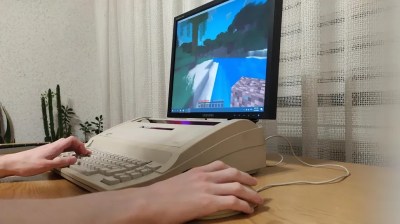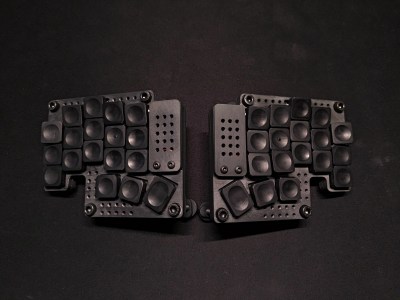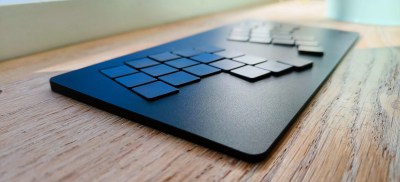This week, Hackaday’s Elliot Williams and Kristina Panos met up over the tubes to bring you the latest news, mystery sound, and of course, a big bunch of hacks from the previous week.
In Hackaday news, get your Supercon 2025 tickets while they’re hot! Also, the One Hertz Challenge ticks on, but time is running out. You have until Tuesday, August 19th to show us what you’ve got, so head over to Hackaday.IO and get started now. Finally, its the end of eternal September as AOL discontinues dial-up service after all these years.
On What’s That Sound, Kristina got sort of close, but this is neither horseshoes nor hand grenades. Can you get it? If so, you could win a limited edition Hackaday Podcast t-shirt!
After that, it’s on to the hacks and such, beginning with a talking robot that uses typewriter tech to move its mouth. We take a look at hacking printed circuit boards to create casing and instrument panels for a PDP-1 replica. Then we explore a fluid simulation business card, witness a caliper shootout, and marvel at one file in six formats. Finally, it’s a telephone twofer as we discuss the non-hack-ability of the average smart phone, and learn about what was arguably the first podcast.
Check out the links below if you want to follow along, and as always, tell us what you think about this episode in the comments!
Download in DRM-free MP3 and savor at your leisure.
















